Oasi Architects’ FGN House is an exercise in concrete subtlety
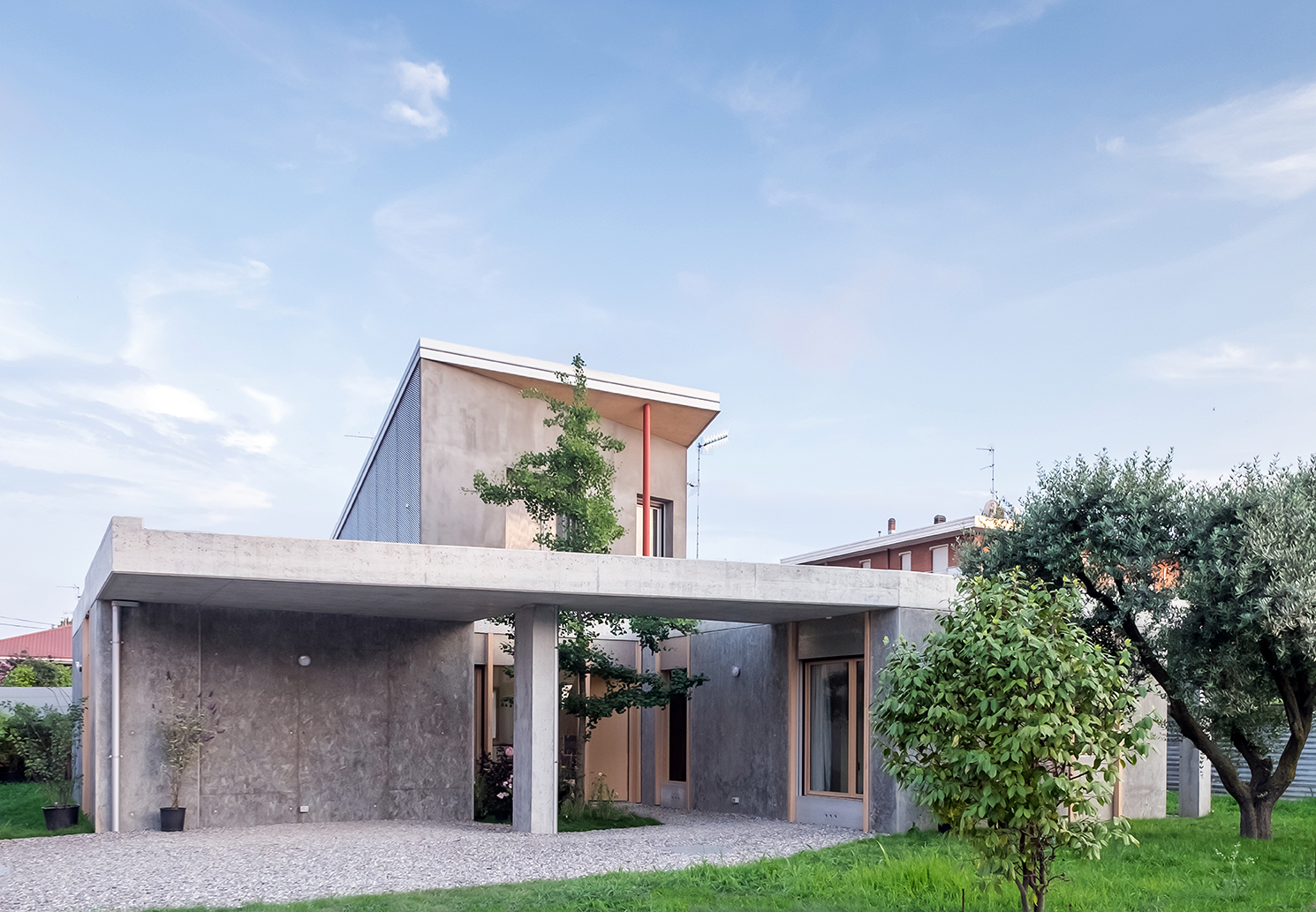
The sleepy village of Fagnano Olona in Italy – also home to an Aldo Rossi-designed elementary school – has just welcomed a new piece of modern architecture; a new-build house by Busto Arsizio-based architects Oasi. The structure, a home for a local family, is a clear departure from the area's more conventional housing and an exercise in subtle concrete architecture.
Named FGN House, the building is composed of three simple volumes which interlock in different ways, creating a variety of spaces, both inside and out. The structure sits on the grounds of an old fruit orchard. Its layout is simple; a generous main ground level houses the open plan living, dining and kitchen areas. Three family bedrooms are also placed on this floor. A carefully crafted concrete and timber staircase leads up to a rooftop pavilion that contains a study. This pavilion elegantly punches through the accessible roof terrace which provides extra outside space for the family and offers views across the surrounding roofscape.
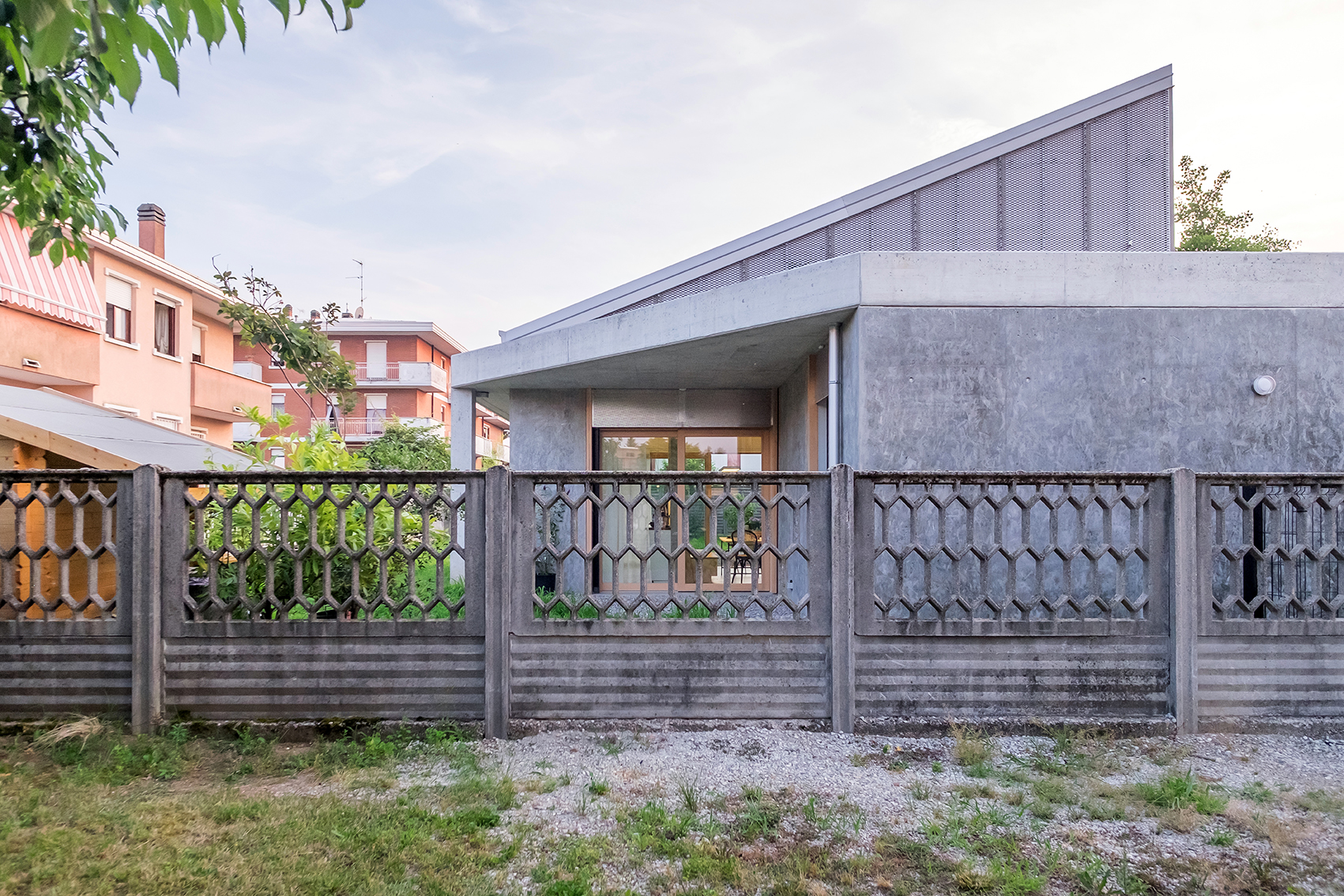
The structure, named FGN House, is the home of a young local family.
The ground level remains in constant dialogue with the outdoors, through large openings that look out towards the garden and the different courtyards formed by the concrete formations – there's a main entrance patio and a further two terraces in different parts of the house.
The architects worked with concrete as their main material of choice, adding wooden details where needed, creating a sense of clean, sharp minimalism and gentle refinement. In fact, the material was a key driver for the whole architectural design solution.
‘The main challenge was to respect the relatively low budget, without holding back in terms of creativity, smartness and innovative solutions, as far as generosity of space and the overall architecture were concerned’, explains Oasis co-founder Pietro Ferrario. ‘The project was initially orientated towards a wooden construction but that turned out too expensive, so we looked at other possible solutions with lower costs. In the end concrete was the best and right option. The structure is powered by the material and its shape supports an organised and coherent subdivision of the interiors. At the same time, it generates a relationship between solids and voids that creates attractive living spaces, both inside and out.’
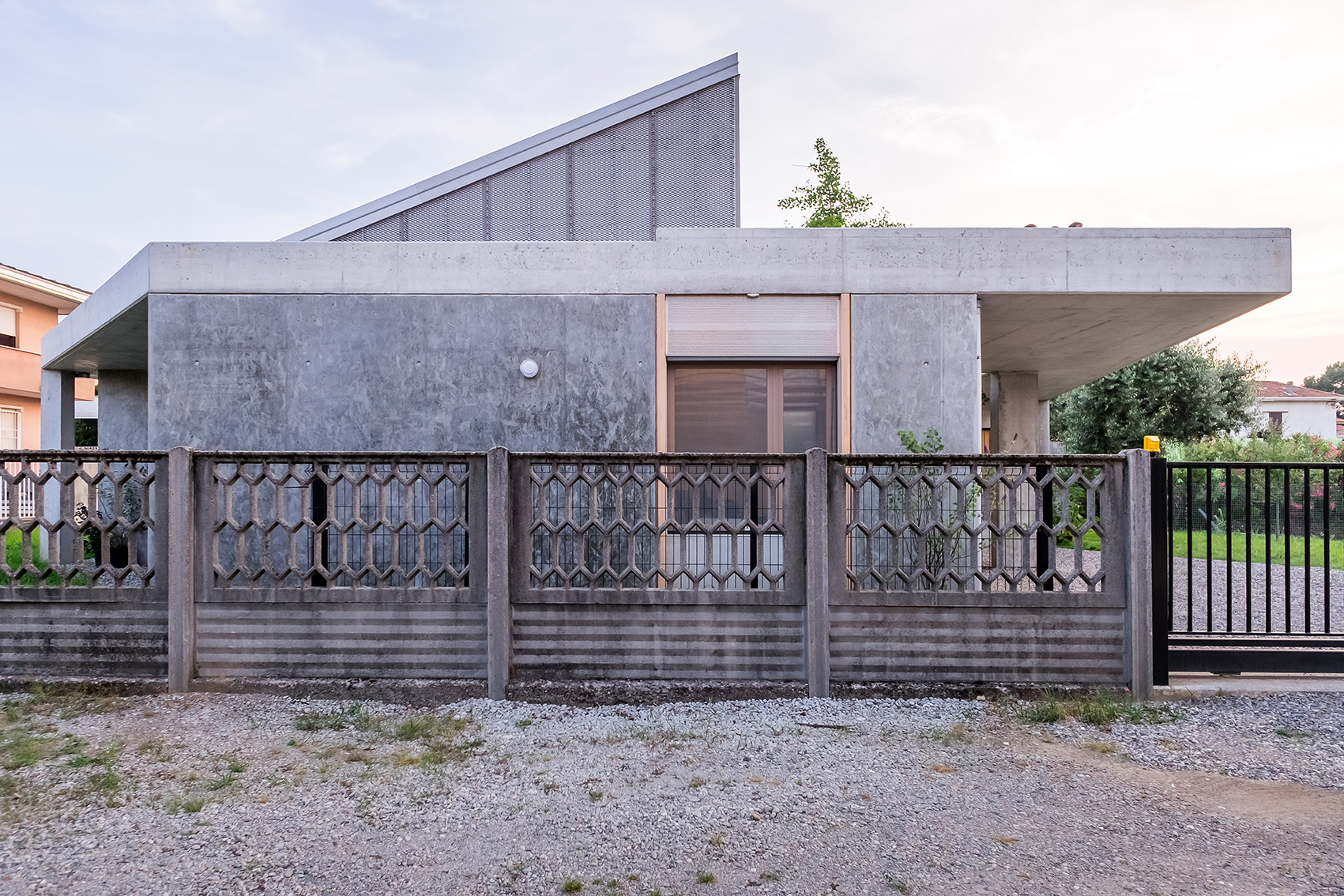
The family bought the plot, which used to be a fruit orchard, to transform it into their primary residence.
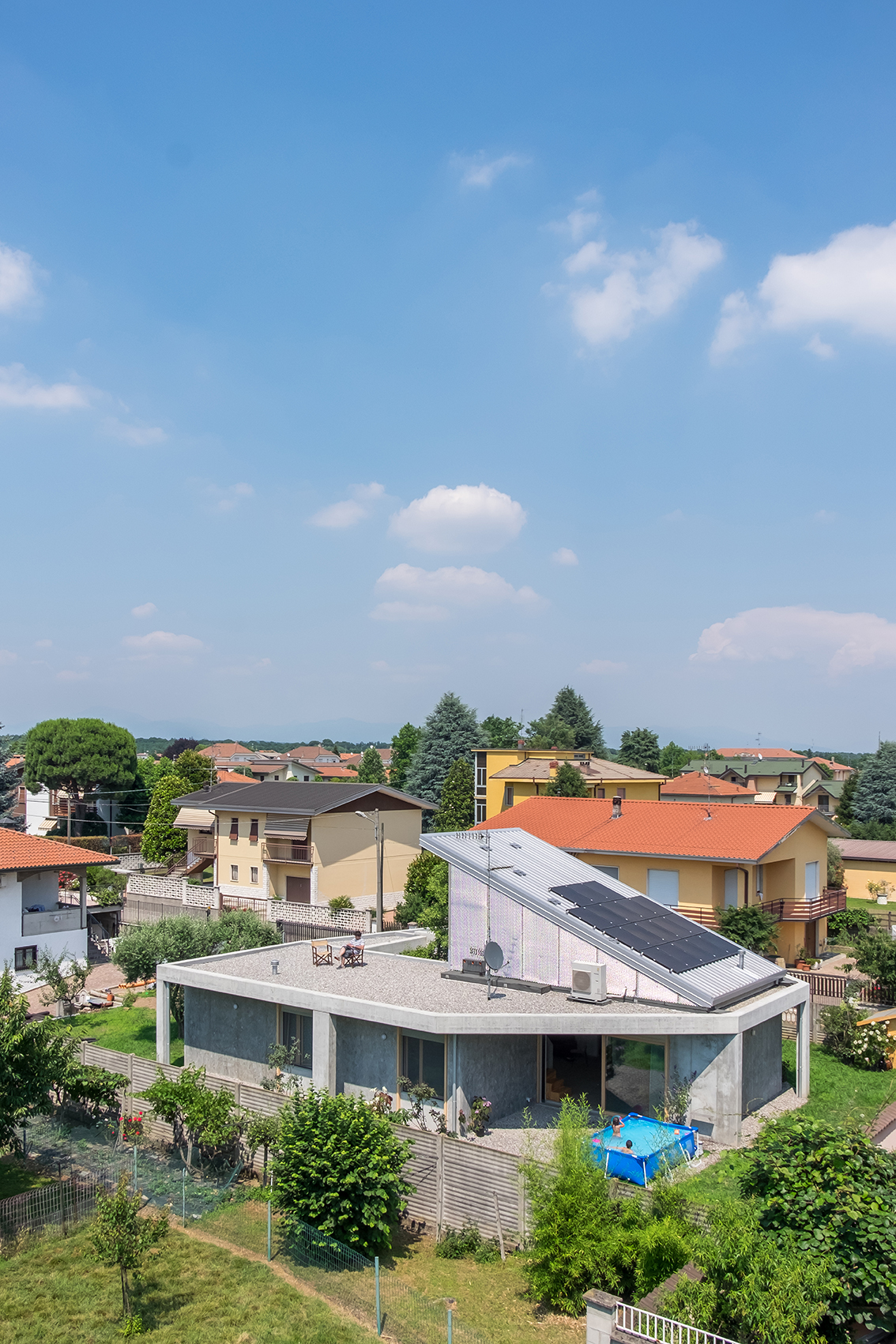
The fairly modest design is composed of three interlocking volumes, explain the architects.
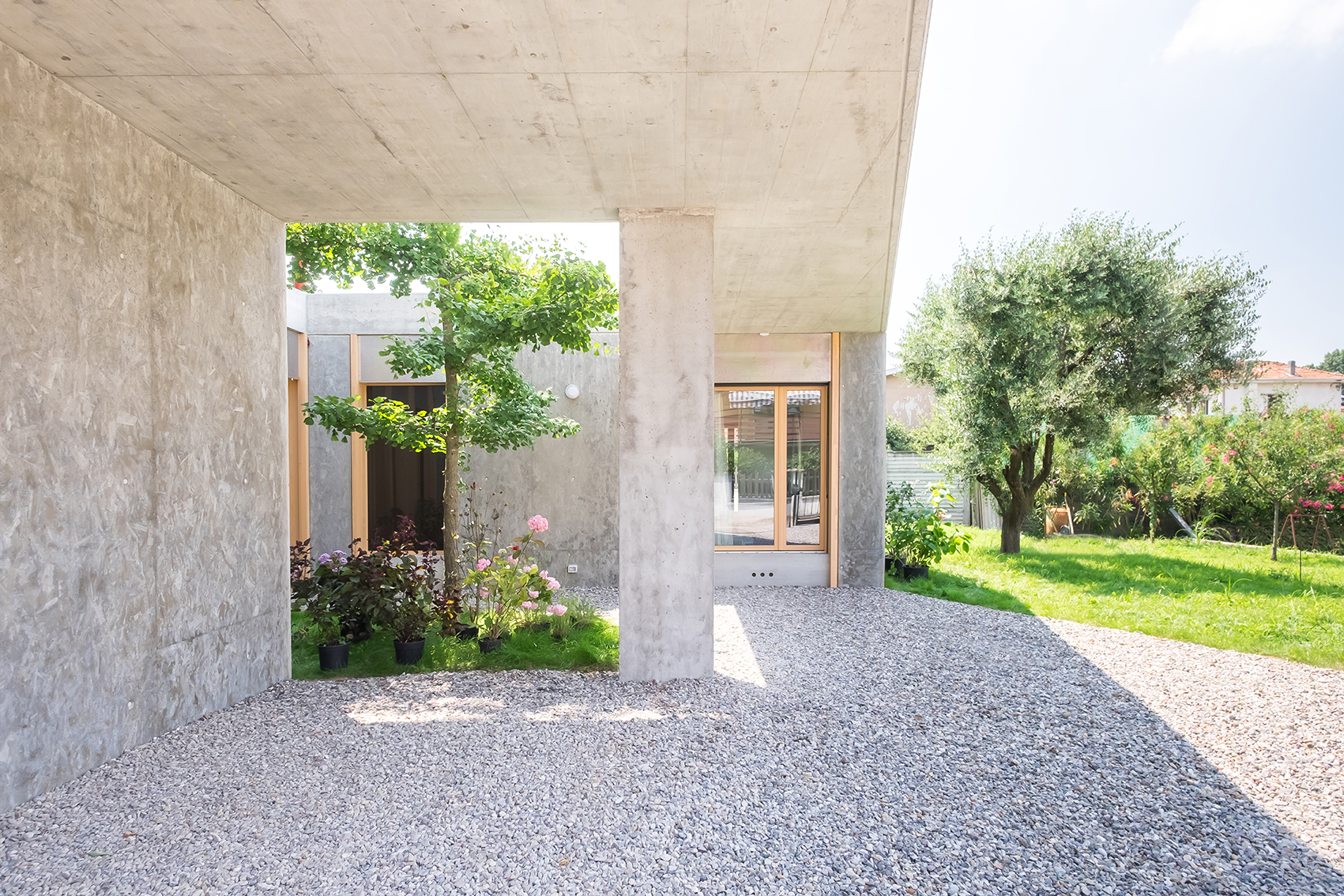
The interaction between these volumes creates open and closed spaces that define the house’s different areas.
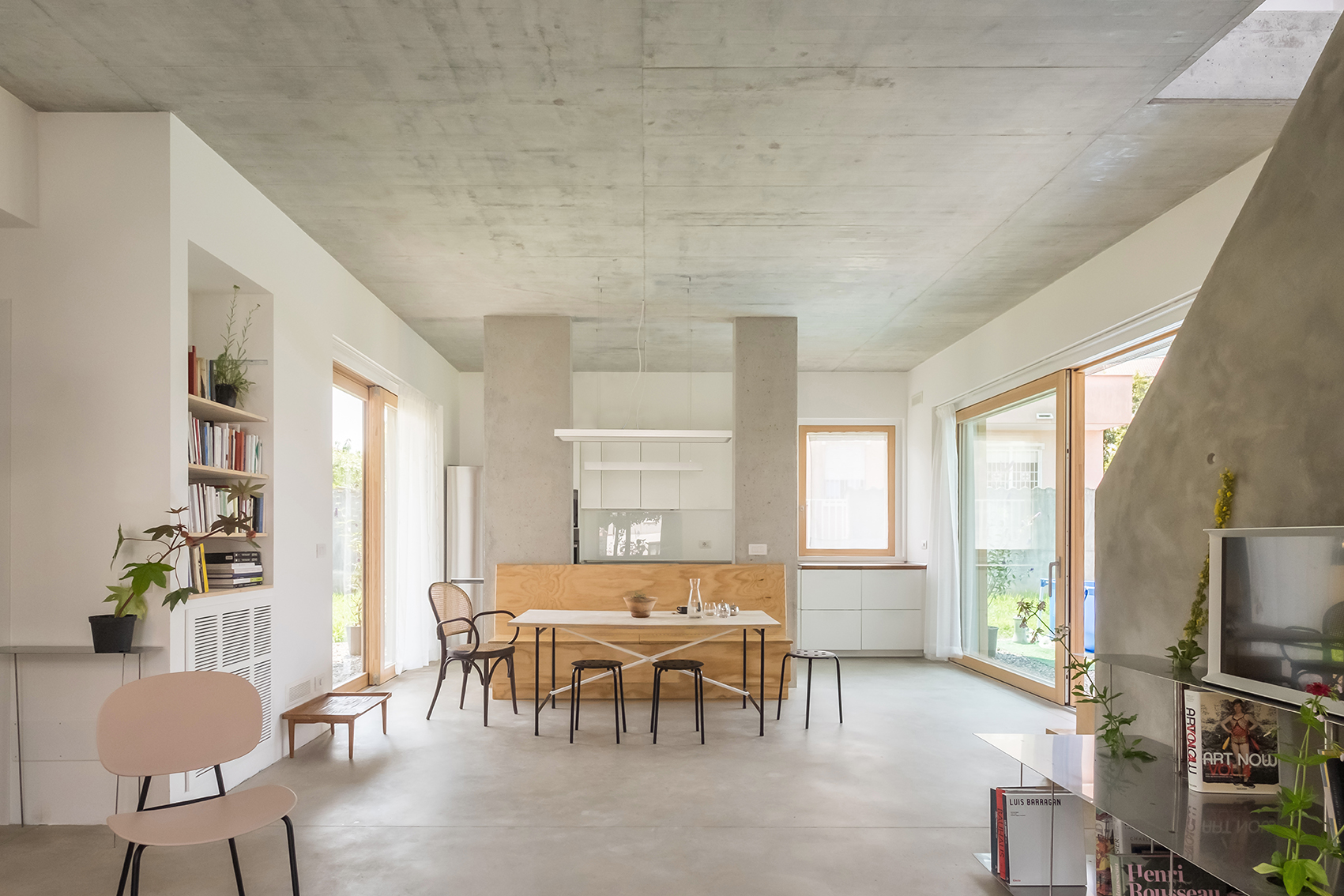
The structure features a big, open plan living and kitchen room with views out to the garden.
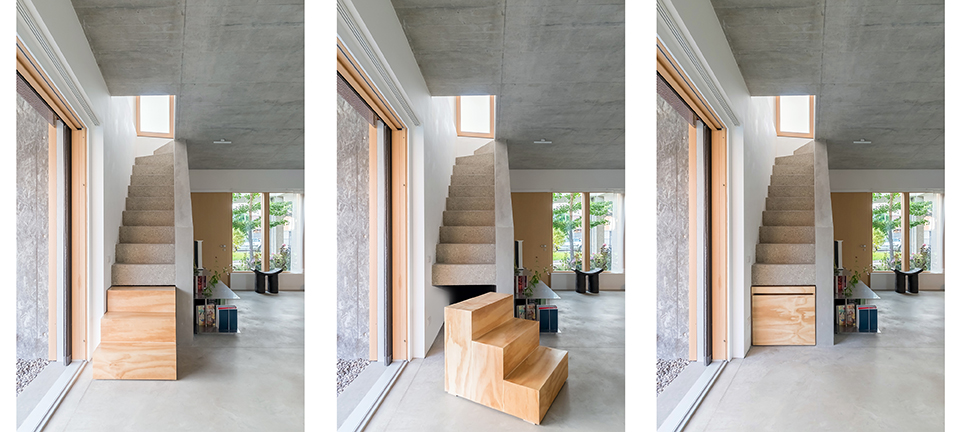
A carefully crafted concrete and timber staircase leads up to the first floor, where a study is located.
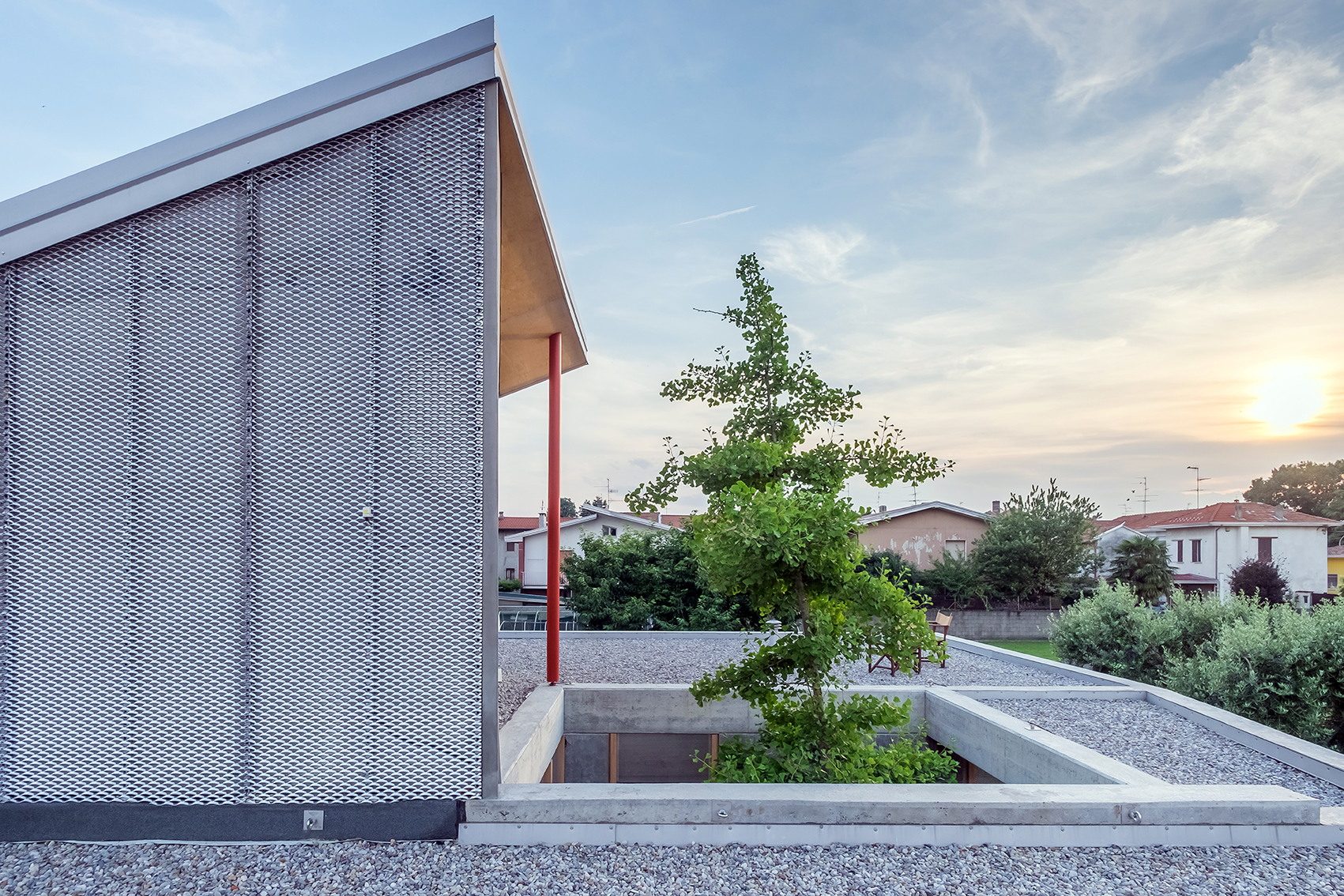
The main circulation core punches through the ceiling and reaches up to an accessible roof pavilion and terrace.
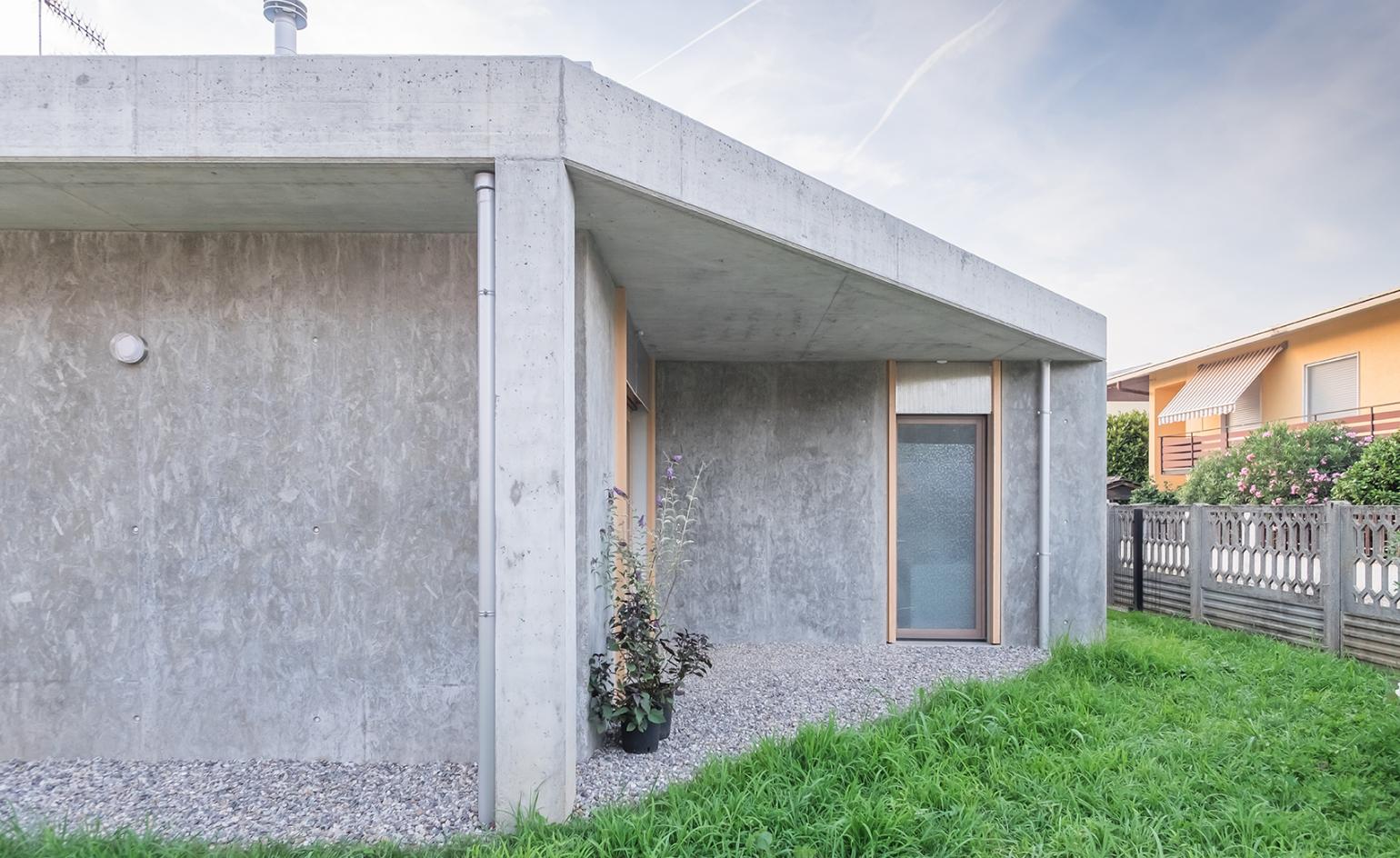
Concrete was the architects’ main material of choice.
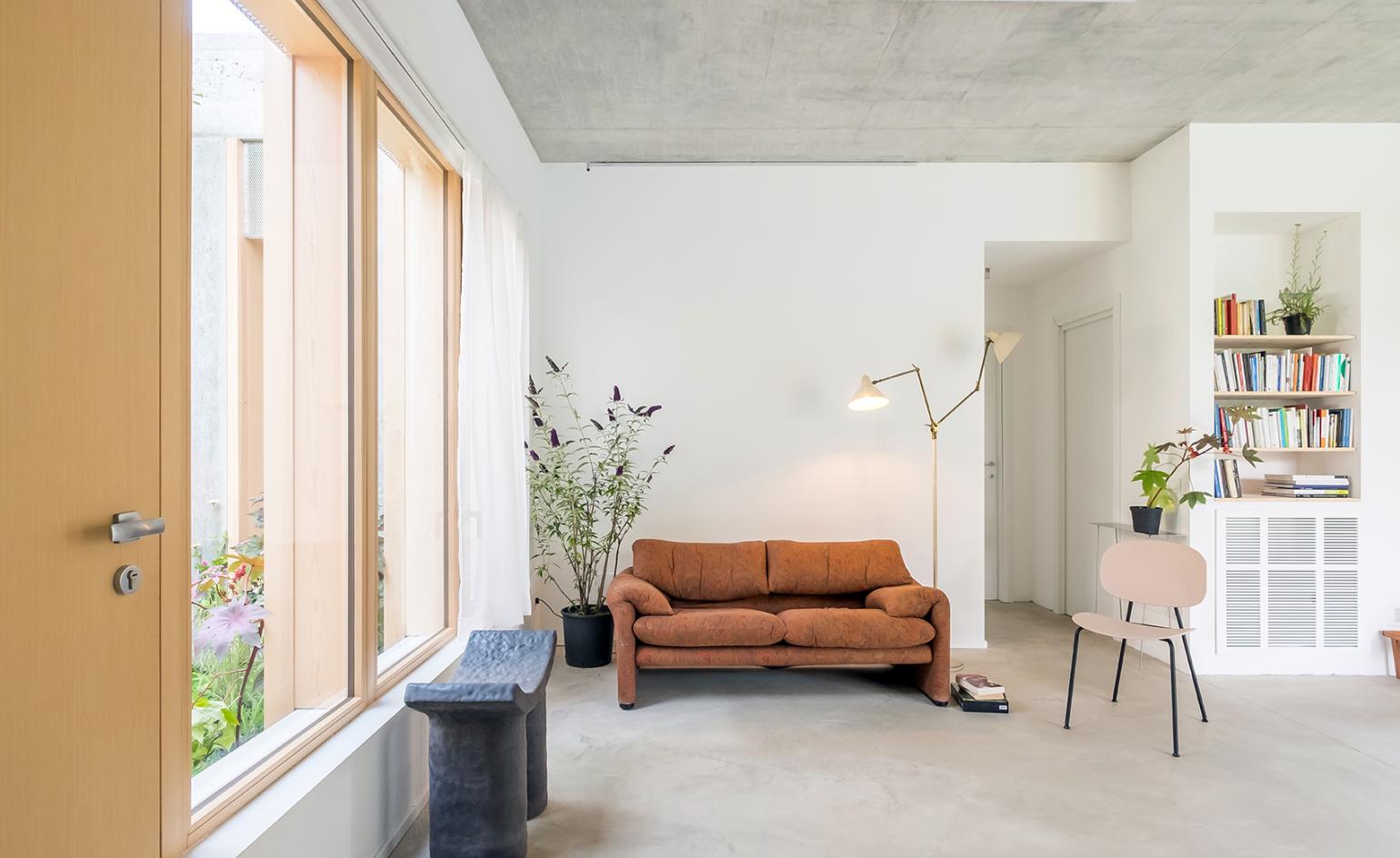
The interiors are in constant dialogue with the outdoors through large windows, an entrance patio and two extra courtyards.
INFORMATION
For more information visit the website of Oasi Architects
Receive our daily digest of inspiration, escapism and design stories from around the world direct to your inbox.
Ellie Stathaki is the Architecture & Environment Director at Wallpaper*. She trained as an architect at the Aristotle University of Thessaloniki in Greece and studied architectural history at the Bartlett in London. Now an established journalist, she has been a member of the Wallpaper* team since 2006, visiting buildings across the globe and interviewing leading architects such as Tadao Ando and Rem Koolhaas. Ellie has also taken part in judging panels, moderated events, curated shows and contributed in books, such as The Contemporary House (Thames & Hudson, 2018), Glenn Sestig Architecture Diary (2020) and House London (2022).
-
 Seven covetable accessories designed to improve your Apple experience
Seven covetable accessories designed to improve your Apple experienceWe present a clutch of cultured accessories for all things Apple, from chargers to cases, straps and keyboard covers
-
 How Abidjan's Young Designers Workshop is helping shape a new generation of Côte d'Ivoire creatives
How Abidjan's Young Designers Workshop is helping shape a new generation of Côte d'Ivoire creativesIn the first in our Design Cities series, we look at how Abidjan's next generation of creatives is being nurtured by an enlightened local designer
-
 A tale of two Audis: the A5 saloon goes up against the A6 Avant e-tron
A tale of two Audis: the A5 saloon goes up against the A6 Avant e-tronIs the sun setting on Audi’s ICE era, or does the company’s e-tron technology still need to improve?
-
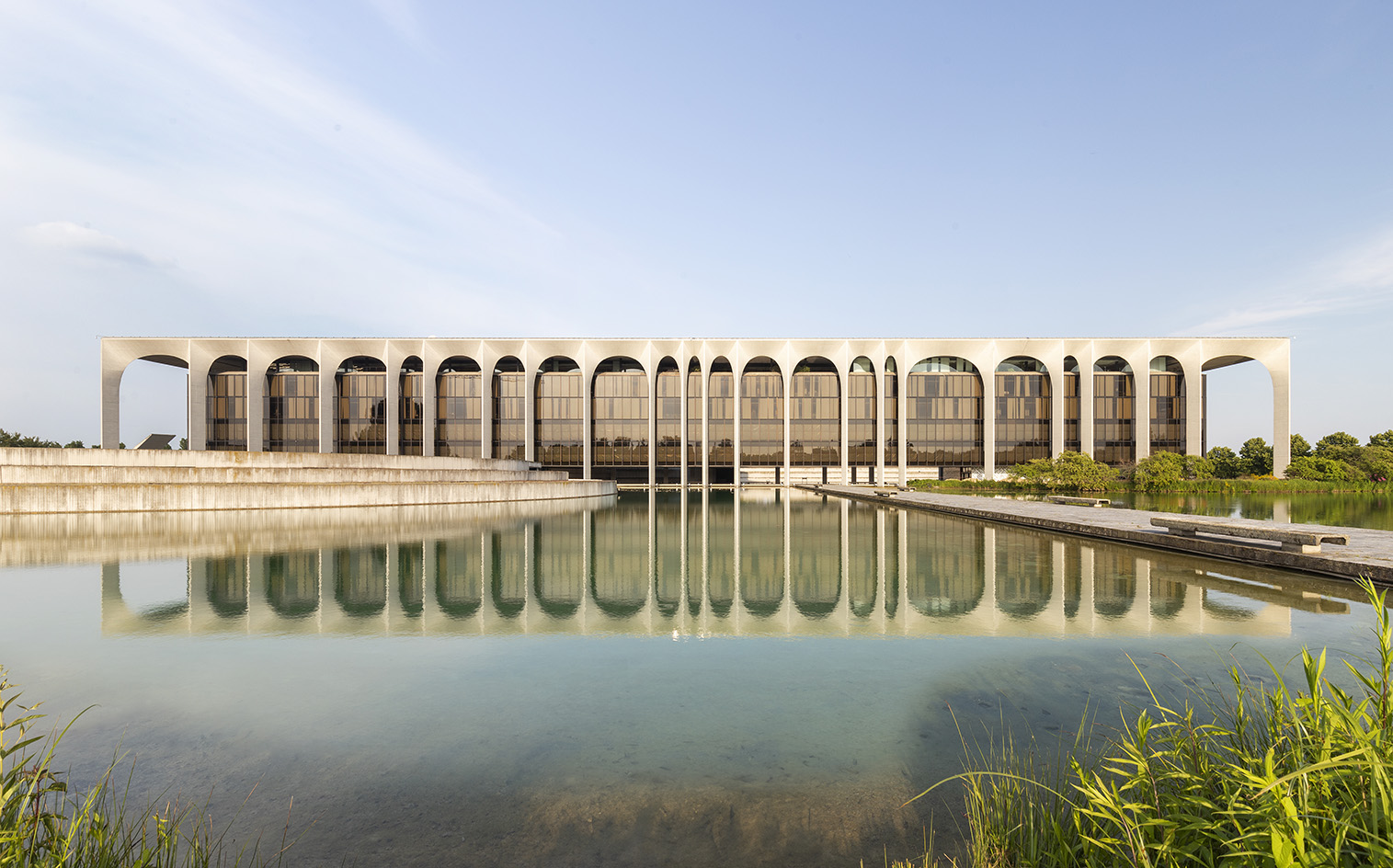 Modernist Palazzo Mondadori’s workspace gets a playful Carlo Ratti refresh
Modernist Palazzo Mondadori’s workspace gets a playful Carlo Ratti refreshArchitect Carlo Ratti reimagines the offices in Palazzo Mondadori, the seminal work by Brazilian master Oscar Niemeyer in Milan
-
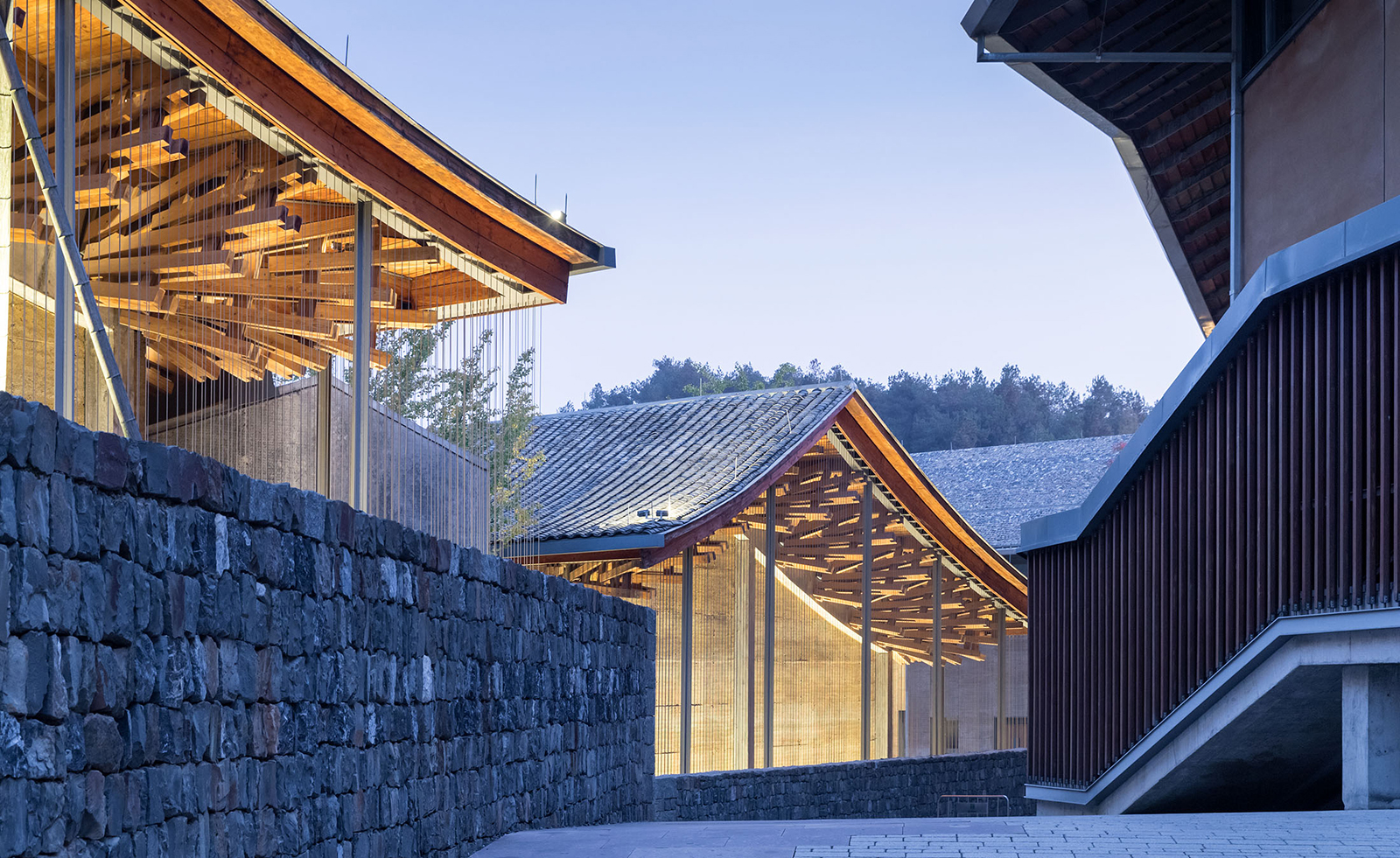 Wang Shu and Lu Wenyu to curate the 2027 Venice Architecture Biennale
Wang Shu and Lu Wenyu to curate the 2027 Venice Architecture BiennaleChinese architects Wang Shu and Lu Wenyu have been revealed as the curators of the 2027 Venice Architecture Biennale
-
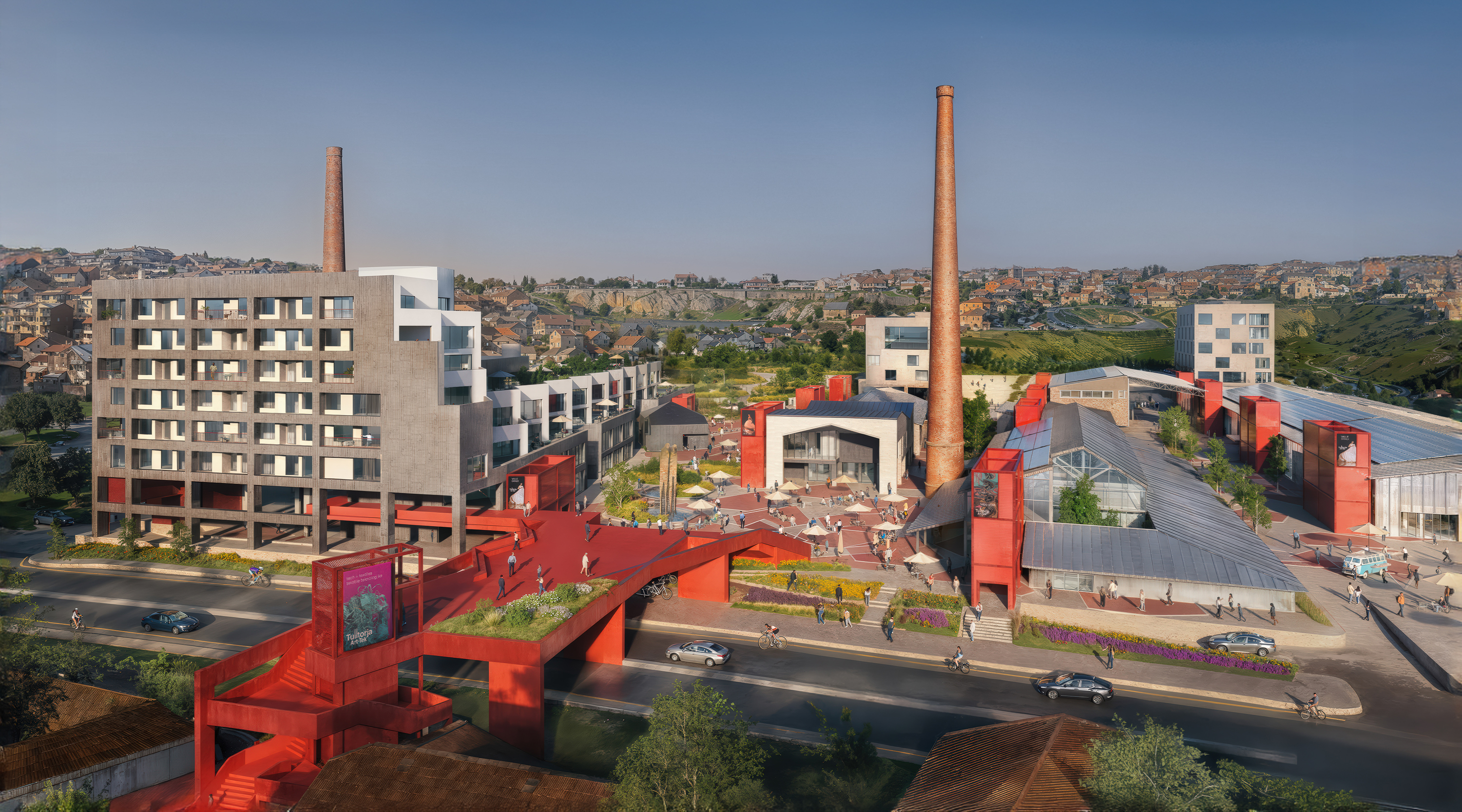 At the Holcim Foundation Forum and its Grand Prizes, sustainability is both urgent and hopeful
At the Holcim Foundation Forum and its Grand Prizes, sustainability is both urgent and hopefulThe Holcim Foundation Forum just took place in Venice, culminating in the announcement of the organisation's Grand Prizes, the projects especially honoured among 20 previously announced winning designs
-
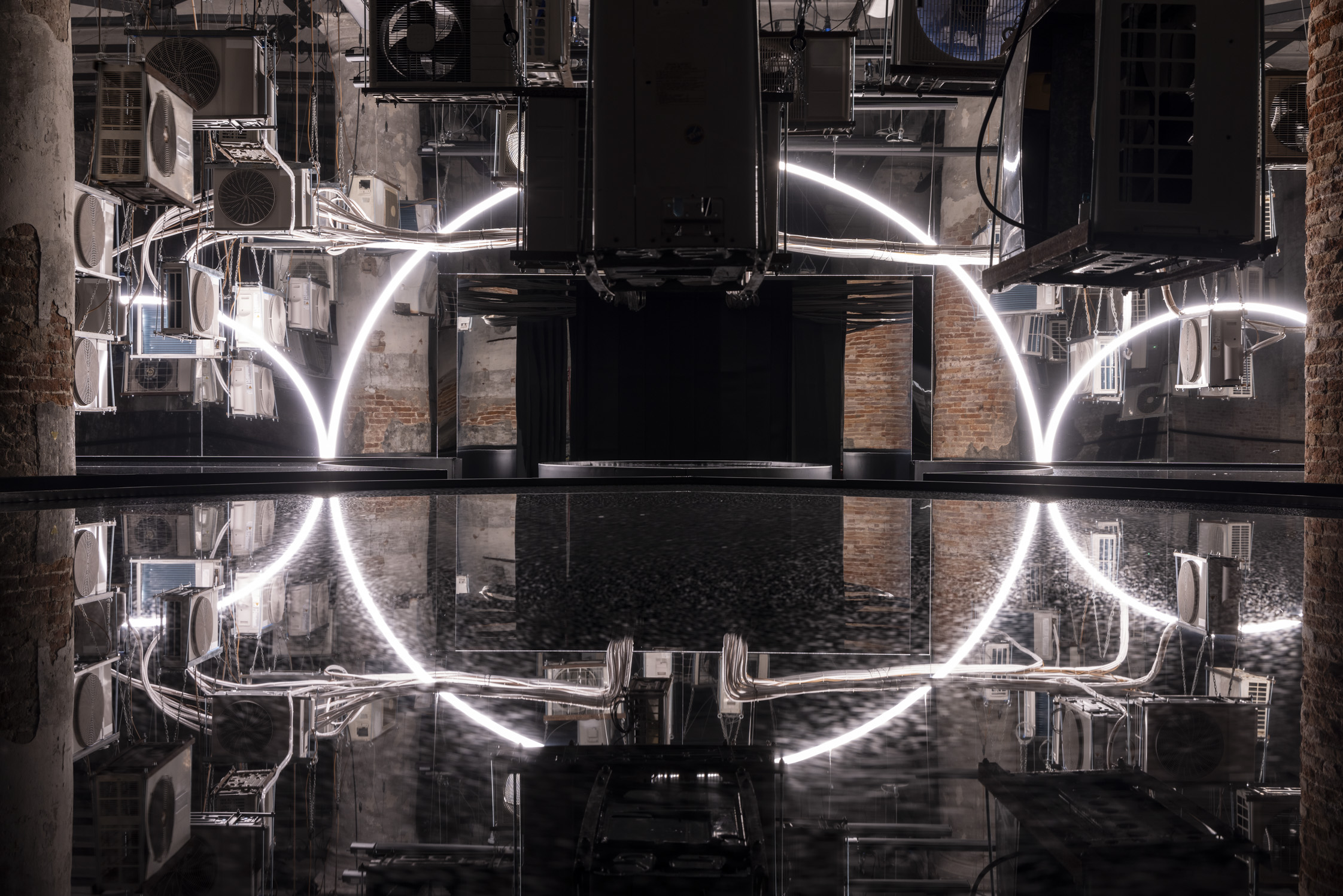 Carlo Ratti reflects on his bold Venice Architecture Biennale as it closes this weekend
Carlo Ratti reflects on his bold Venice Architecture Biennale as it closes this weekendThe Venice Architecture Biennale opens with excitement and fanfare every two years; as the 2025 edition draws to a close, we take stock with its curator Carlo Ratti and ask him, what next?
-
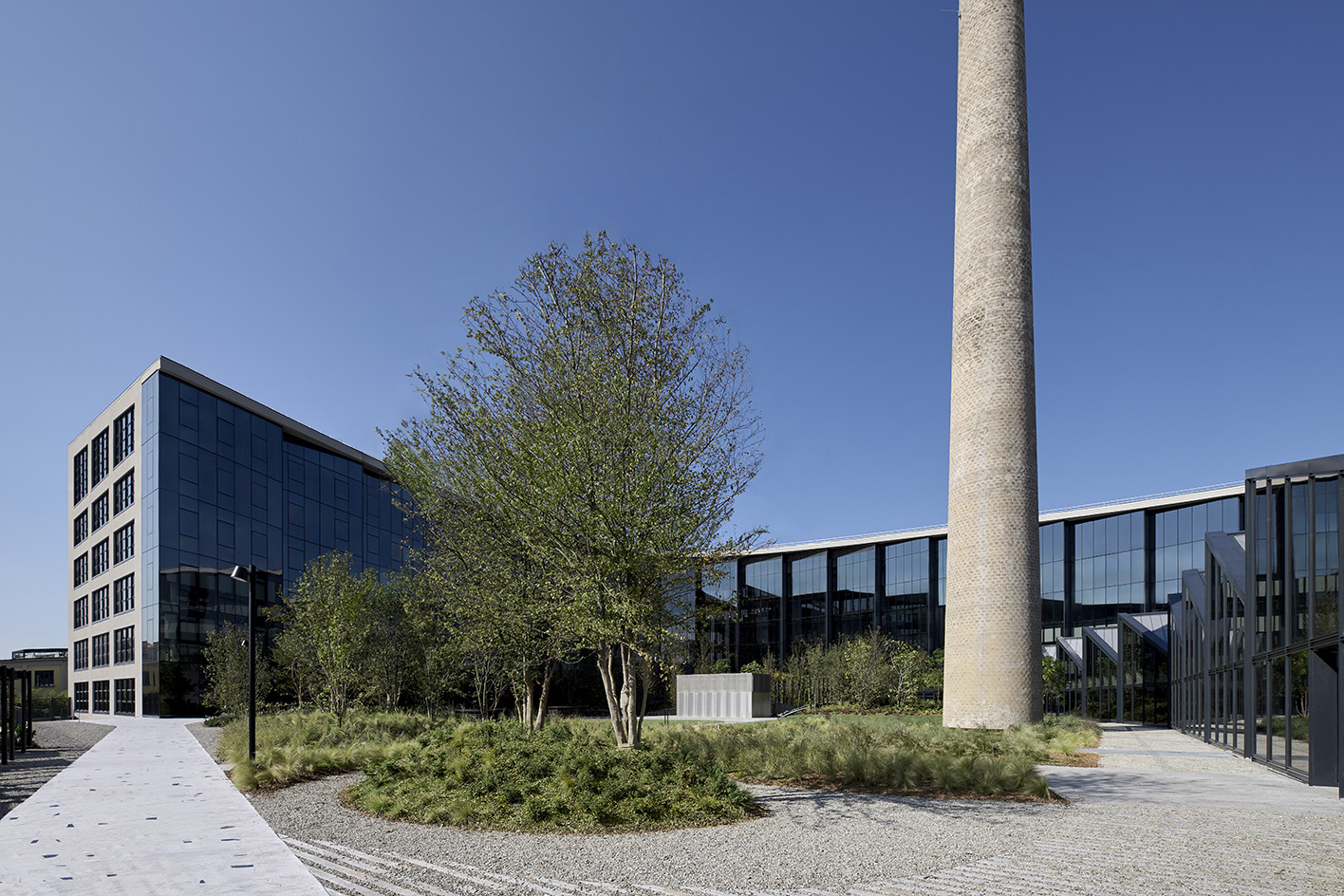 Step inside Casa Moncler, the brand’s sustainable and highly creative Milanese HQ
Step inside Casa Moncler, the brand’s sustainable and highly creative Milanese HQCasa Moncler opens its doors in a masterfully reimagined Milanese industrial site, blending modern minimalism and heritage, courtesy of ACPV Architects Antonio Citterio Patricia Viel
-
 Aldo Frattini Bivouac is a mountain shelter, but not as you know it
Aldo Frattini Bivouac is a mountain shelter, but not as you know itA new mountain shelter on the northern Italian pre-Alp region of Val Seriana, Aldo Frattini Bivouac is an experimental and aesthetically rich, compact piece of architecture
-
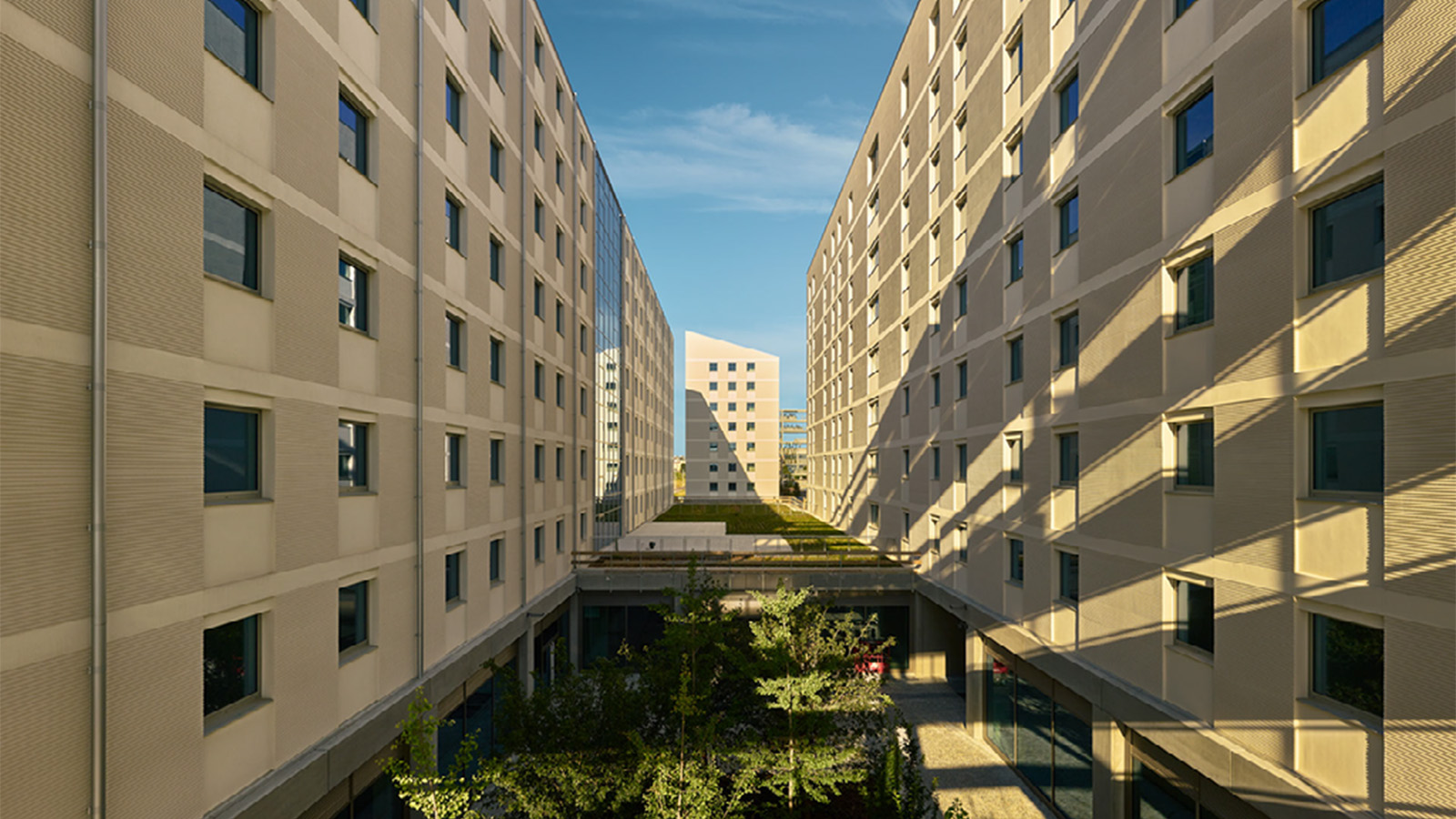 The 2026 Winter Olympics Village is complete. Take a look inside
The 2026 Winter Olympics Village is complete. Take a look insideAhead of the 2026 Winter Olympics, taking place in Milan in February, the new Olympic Village Plaza is set to be a bustling community hub, designed by Skidmore, Owings & Merrill
-
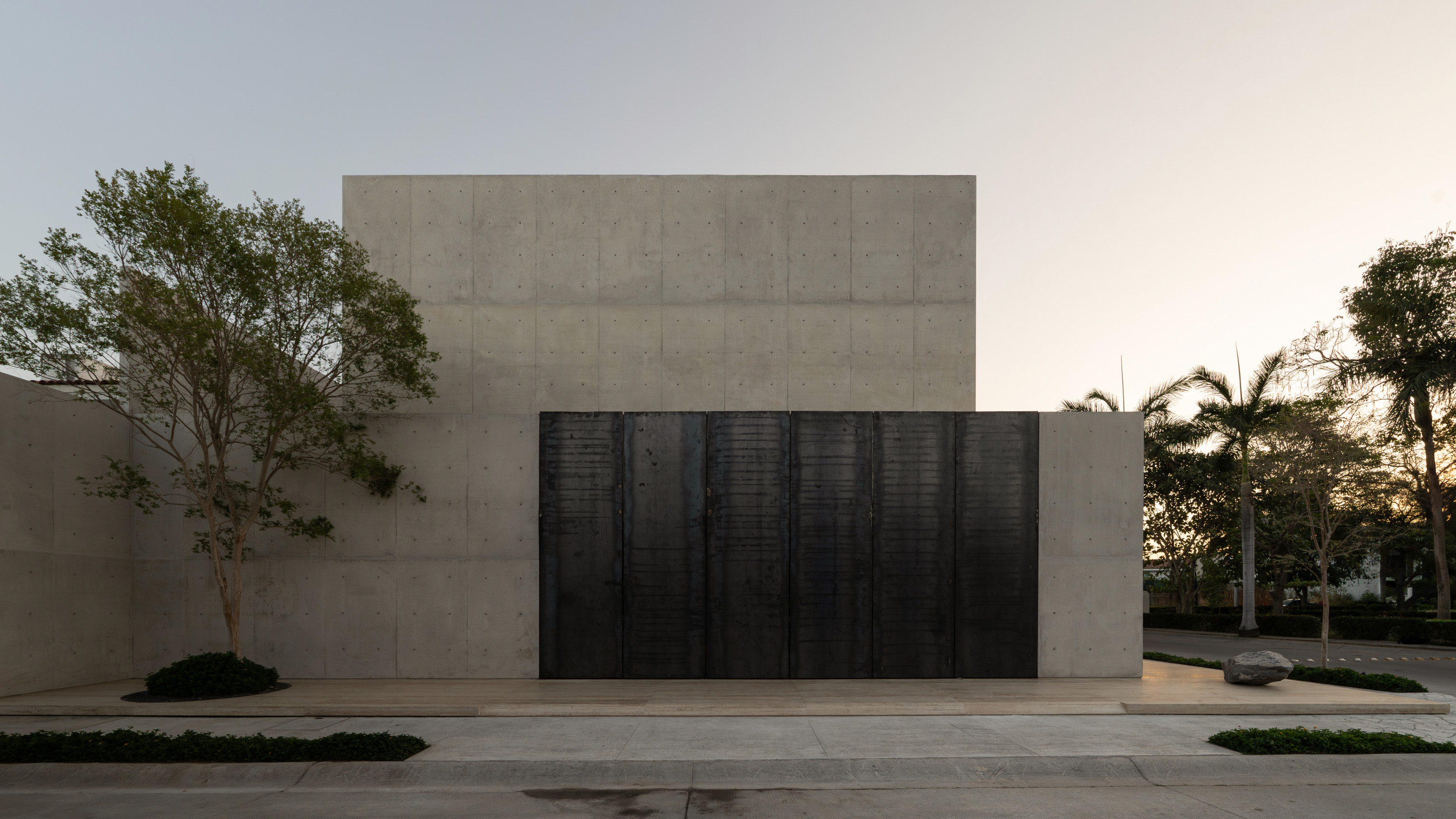 A beautifully crafted concrete family house in a Mexican suburb is a contemplative oasis
A beautifully crafted concrete family house in a Mexican suburb is a contemplative oasisHW Studio have shaped a private house from raw concrete, eschewing Brutalist forms in favour of soft light, enclosed spaces and delicate geometries